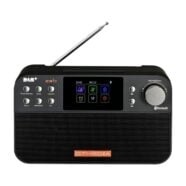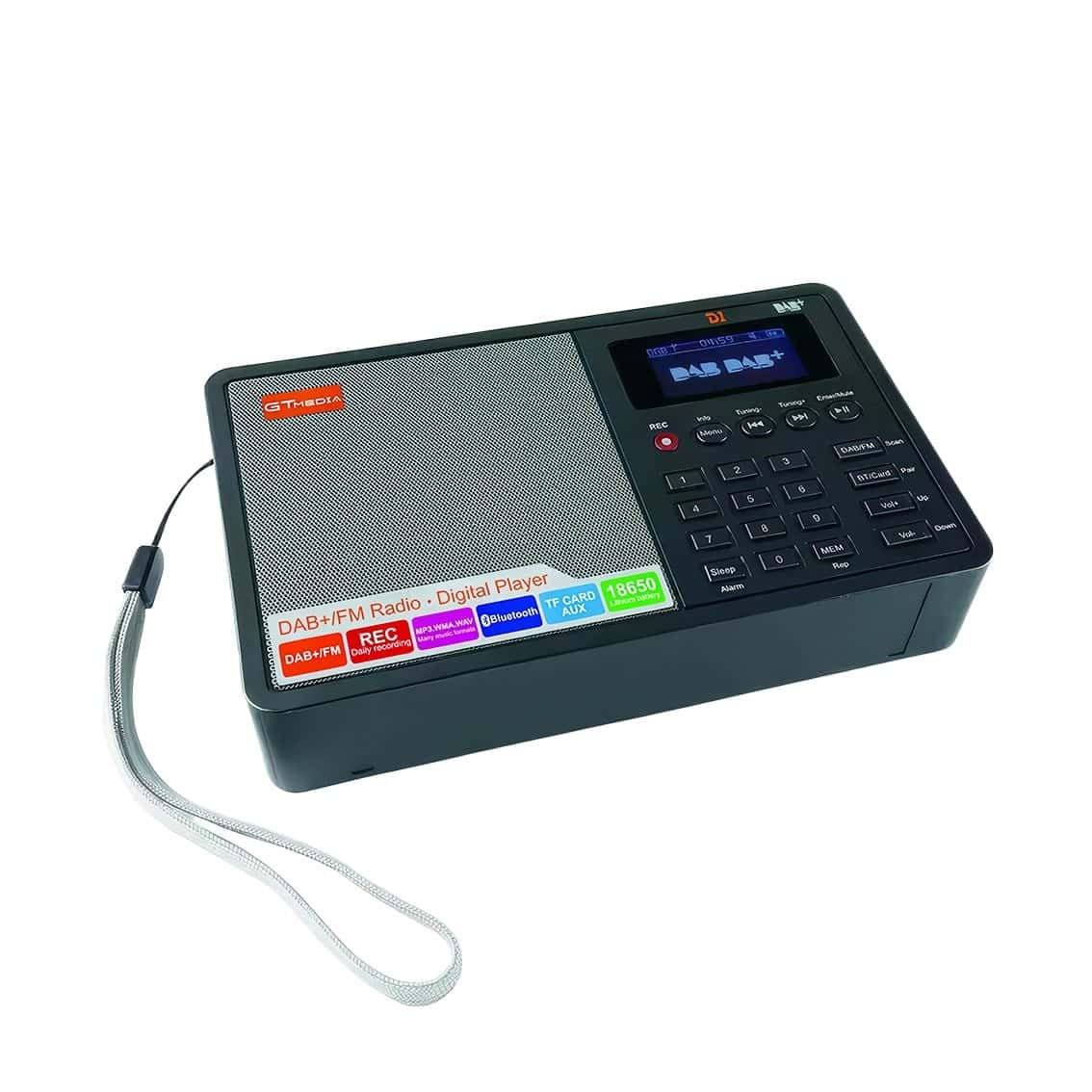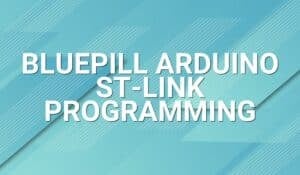Learn what is DAB Radio through this in-depth article.
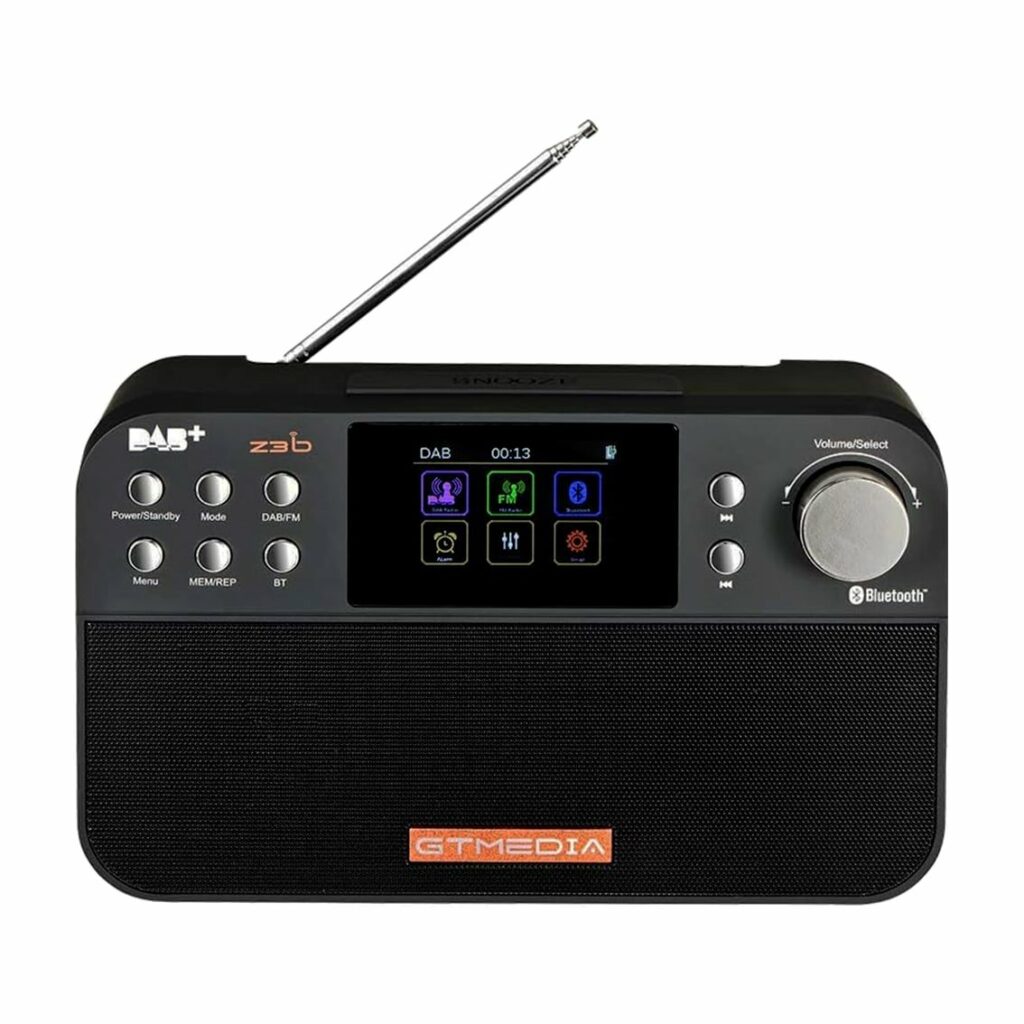
Introduction
Although people have been enjoying listening to FM and AM radio broadcasting services for quite some time, these modes of broadcasting lack the fidelity of a digital system. With this, several governing bodies adapted new forms of digital radio broadcasting standards. One of these standards is DAB. DAB is not to be confused with internet radio, or audio streaming services because it is a true terrestrial radio broadcasting service similar to AM or FM. In this article, you’ll learn what is DAB Radio all about.
What is DAB Radio?
DAB is short for Digital Audio Broadcasting. It is a digital radio standard that comes along with other standards such as DRM (Digital Radio Mondiale), DMB (Digital Multimedia Broadcasting), HD Radio, to name a few. DAB was introduced in the 1990’s in Norway after its inception in the 1980’s by European manufacturers and broadcasters. Today, several countries including Norway, Germany, the U.K., Australia, and some parts of Asia have adapted DAB. DAB uses digital broadcasting techniques to successfully propagate it’s radio service to its audiences.
HOw is DAB Radio Transmitted?
Compress Audio Data


First, an audio source is digitally compressed to reduce its size to accommodate limited audio bandwidth during transmission. Different compression techniques are implemented, including MPEG2 (MP2) for DAB and MPEG4 (AAC) for DAB + (here, you can see that DAB+’s technique is more efficient since it uses AAC which is more advance than MP2).
Apply Digital Modulation Techniques
To be able to propagate the compressed audio data into the airwaves, it must undergo some form of digital modulation. There are different kinds of digital modulation techniques available which you may have heard of such as ASK, FSK, PSK, QAM, to name a few. However, DAB uses a more advanced technique called OFDM
ODFM Digital Modulation Technique
ODFM stands for Orthogonal Frequency-Division Multiplexing. This technique splits the signals into different sub-signals that are then sent at different sub-carrier frequencies. This method makes the signal more resilient to interference, multipath fading (a case where a single frequency carrier is received through different paths), and produces clearer audio. Because of ODFM, you may notice that your DAB radio doesn’t need to undergo varying levels of static noise just to reach your desired station.
What is DAB+
DAB+ is an improved version of DAB that appeared in 2007. You can get much more stations with lean audio with DAB+ because this tech uses a more advanced audio compression algorithm known as AAC (or the MPEG-4 standard). Today, you can see several digital radios with the DAB+ sign indicating it is DAB/DAB+ compliant. Note that a DAB+ receiver is backward compatible with DAB, however, the opposite may not be true. A DAB receiver may not be automatically compatible with DAB+.
Receiveing DAB/DAB+ through a DAB Radio Receiver
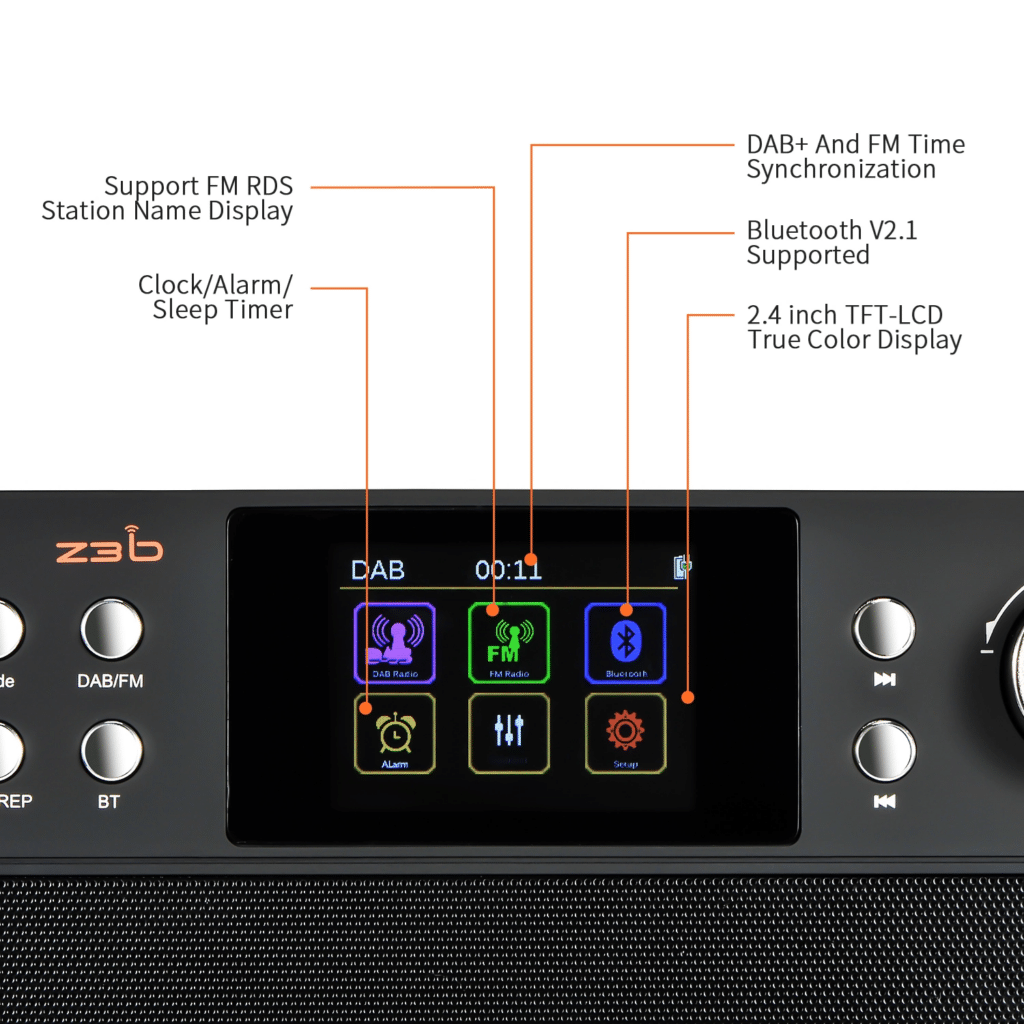
You can receive a DAB/DAB+ radio transmission through a DAB/DAB+ radio receiver. Several are available in the market today. These receivers vary in price and features. There are pure DAB radios and those that include Bluetooth, external media (such as USB or flash storage), battery charging, an alarm clock, monochrome or color display, and even an FM function. With this, it is wise to choose a reliable DAB receiver that caters to your needs.
We hope this article answers your question about what DAB Radio is about.

